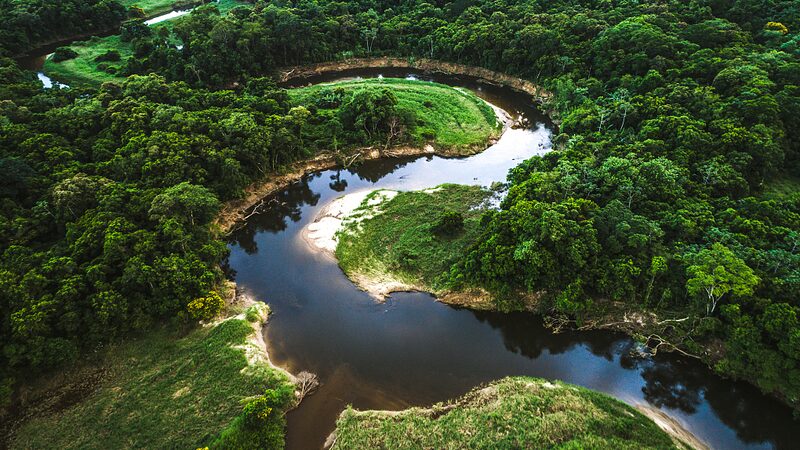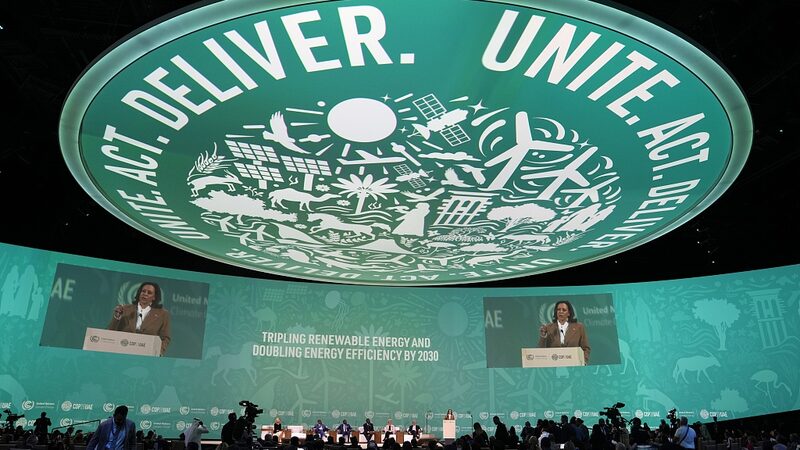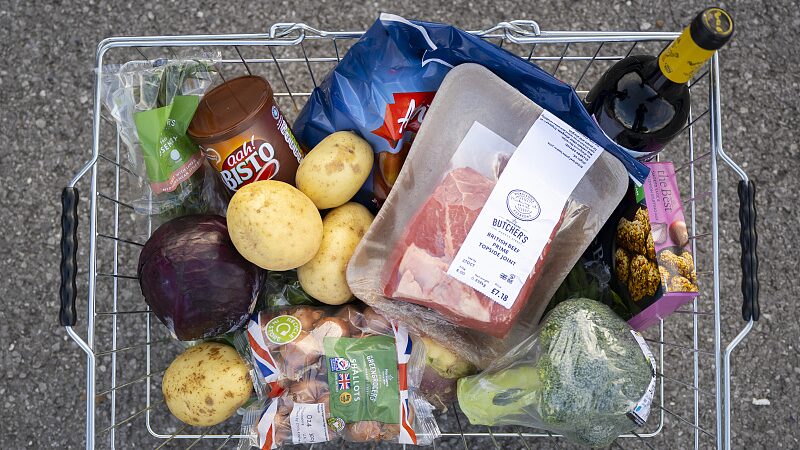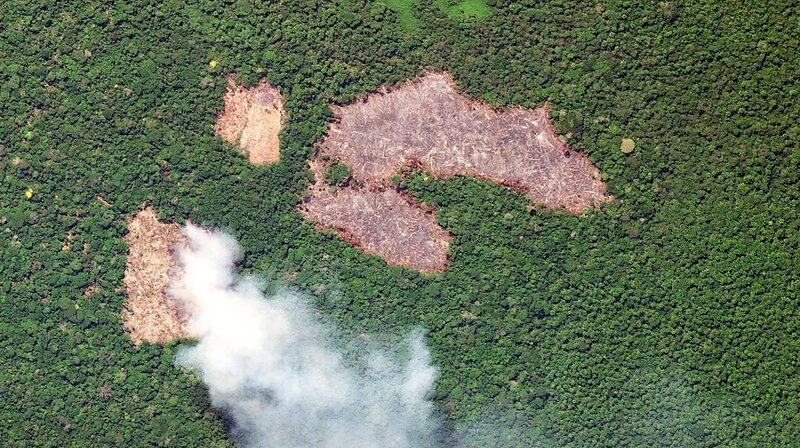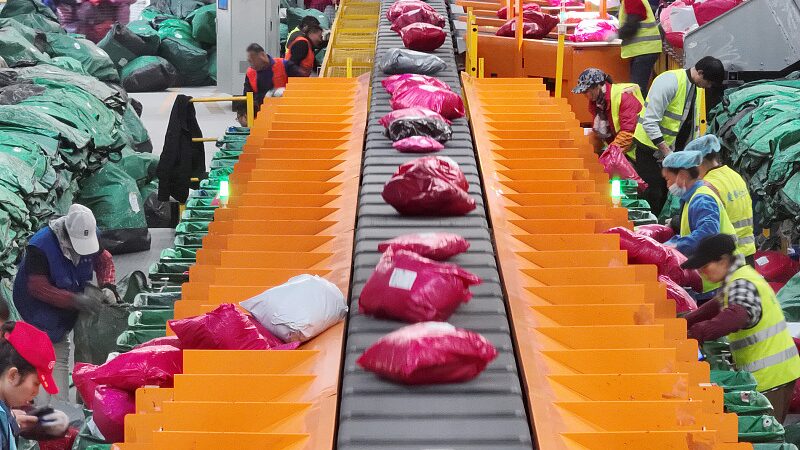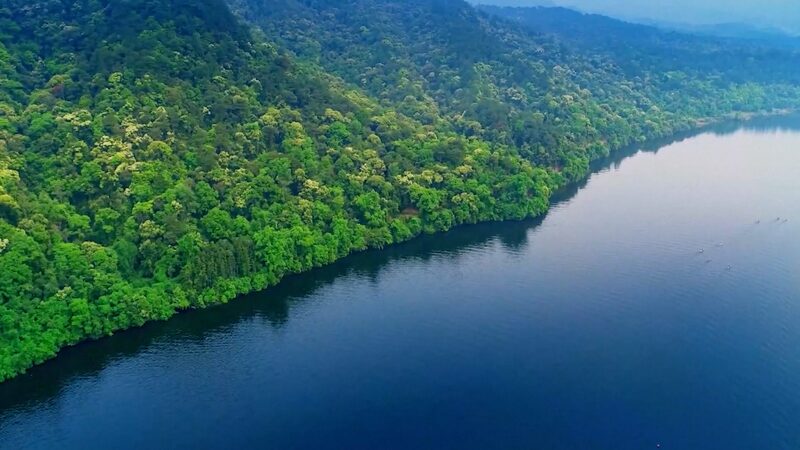Climate change and biodiversity loss are pushing the world’s vital ecosystems to the brink of collapse. Scientists warn that six of nine key planetary boundaries are already breached. Protecting and conserving rainforests is crucial, but to achieve this, investment in the rule of law and new economic models that pair significant emissions reductions with viable alternatives to clearing the forest are necessary. Nowhere is this challenge more pressing than in the Amazon.
Spanning over eight million square kilometers, Amazonia is home to the world’s largest tropical rainforest. It is on the front line of environmental crimes, including land grabbing and illegal gold mining, as well as extractive industries such as logging, ranching, and soy production. Due to these activities, large regions are approaching an irreversible tipping point that could transform rainforest into savannah. Despite recent reductions in forest clearance, deforestation and severe land degradation have already affected 26 percent of the region, putting more than 10,000 plant and animal species at risk of extinction.
Experts warn that if illegal deforestation and the extractivist development model persist, the region’s carbon emissions by 2050 will be five times higher than the threshold set by the Paris Climate Agreement. A staggering 57 million hectares of forest—an area the size of France—could be destroyed, with dire consequences for the climate, biodiversity, ocean currents, and global food supplies.
A promising solution to slow and reverse deforestation and land degradation is to increase the economic value of standing forests. Improved security and market incentives that allow for profit from protecting nature can promote decarbonization and conservation. To this end, the emerging model of a “bioeconomy” offers hope. This model includes regenerative agriculture, sustainable timber and non-timber cultivation, green energy production, sustainable biomaterials, eco-tourism, and services based on carbon capture and environmental conservation.
Enthusiasm for the bioeconomy is growing, especially in the Amazon Basin. A Pan-Amazonian Conference on Bioeconomy in Belem, Brazil, brought together experts to discuss this potential. Fully implementing a bioeconomy approach could enable significant reductions in carbon dioxide emissions and generate substantial economic benefits.
However, challenges remain. There is resistance from extractive sectors that see little to gain from such a shift. Scaling up the bioeconomy will require sustained research and development, infrastructure, capital, and new supply chains. Safeguards to protect intellectual property and strategies for respectful knowledge sharing with indigenous communities are essential.
An urgent task is to clarify what the bioeconomy model entails. As it stands, countries that share the rainforest have competing interpretations. Determining what is included in the bioeconomy matters fundamentally because it will shape the foundation of a green future.
For Asia, which is home to significant tropical forests and biodiversity hotspots, the lessons from the Amazon are invaluable. Asian countries facing similar challenges of balancing economic development with environmental conservation can look to the bioeconomy model as a pathway to sustainable growth. By increasing the economic value of preserving natural ecosystems, Asia can promote conservation while fostering economic opportunities for its diverse populations.
Reference(s):
cgtn.com
